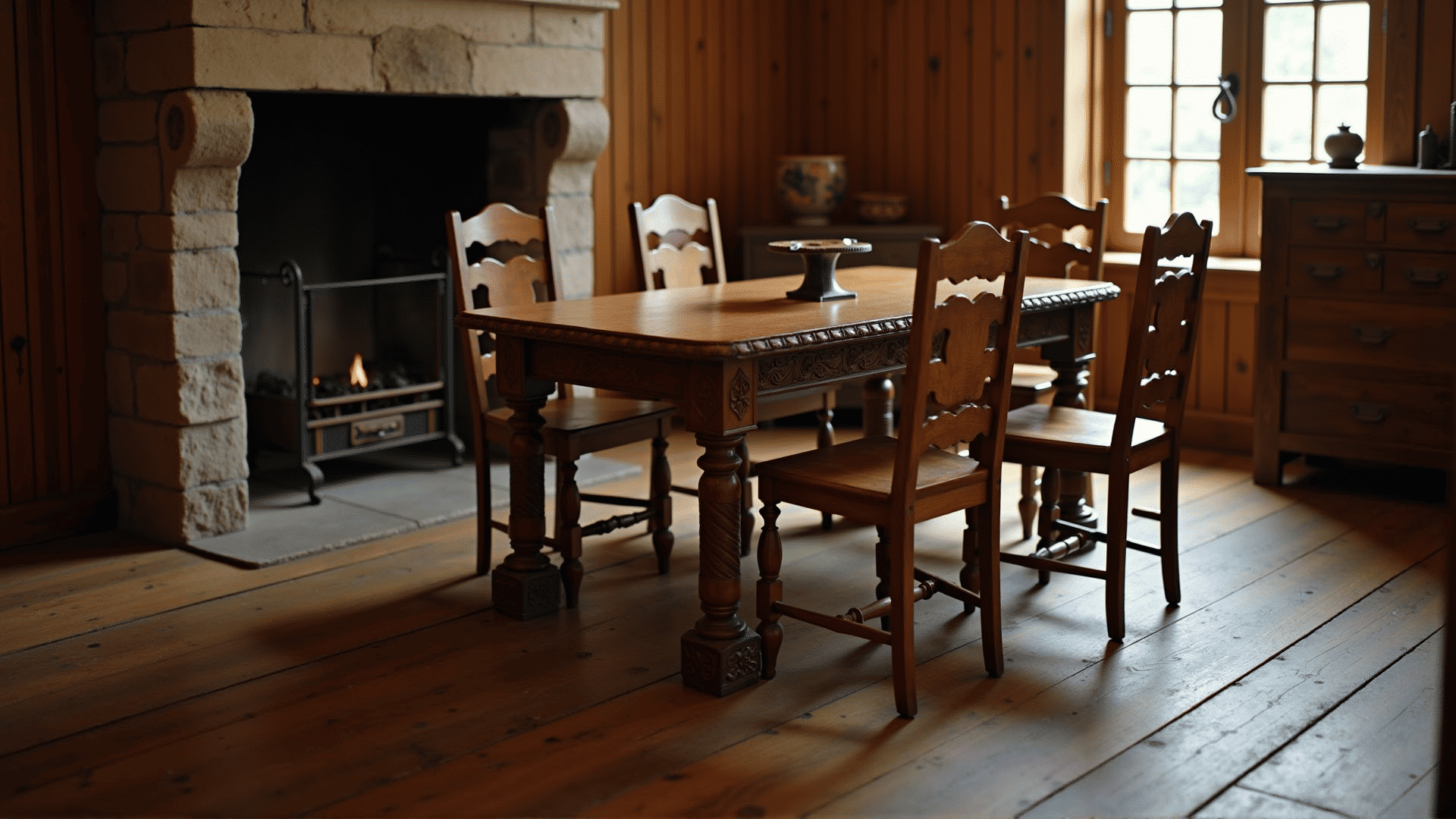In the early days of North America, artistry and practicality coalesced to create distinctive furnishings that would lay the foundation for an enduring design legacy. This was a time when settlers, seeking to transform the raw, untamed landscapes into spaces of comfort and civilization, brought with them traditions from their European homelands. The amalgamation of these influences marked the beginnings of a unique aesthetic identity in American craftsmanship.
When the first colonists arrived, they faced the challenge of building settlements with limited resources. This fostered a design ethos rooted in functionality and simplicity. Early American furnishings were primarily constructed from locally available materials such as pine, maple, and oak. These woods were not only abundant but resilient, attributes that would define the rugged nature of colonial interiors.
European influence, particularly from England, was predominant in these early designs. The settlers infused their surroundings with familiar stylistic elements, ranging from the elaborate, carved details of Jacobean furniture to the restrained elegance of Queen Anne pieces. Even so, the adaptation was necessary; the absence of skilled craftsmen, the scarcity of tools, and the need for multi-functional pieces resulted in a simplified, yet charmingly rustic aesthetic.
Joinery and construction techniques were straightforward but effective. Mortise and tenon joints were commonly employed for their strength, or simpler pegged joints when time and tools were in short supply. Newly made pieces often carried the rough, unfinished appeal of the do-it-yourself ethic which was common in colonial households. Yet, even as these items were built from necessity, they often showcased a meticulous attention to craftsmanship, each scratch, nick, and hand-hewn surface telling the story of its origin.
Seating from this period, for instance, reflected both European style and colonial ingenuity. The simple, ladder-back chair with its rush seat became a staple, designed to offer durability and ease of production. Meanwhile, the settle—a long bench with a high back—evoked the feeling of community, being wide enough to accommodate several people at once, essential in family-centric spaces.
Tables crafted during this time often served multiple purposes due to spatial constraints within homes. The gateleg table, whose sides could be folded down when not in use, showcased the clever use of design to address the practical necessity of optimizing interior space. Trunks, another common element, were both storage solutions and makeshift seating, embodying the practical mentality of the day.
As the colonies grew and trade routes expanded, access to new materials and techniques began to diversify craftsmanship in America. Yet, the essence of colonial design—its unpretentious functionality—remained ingrained in the growing communities. This legacy of blending necessity with European-inspired style established a foundation that would continue to shape American design philosophies.
In understanding colonial beginnings, one gains insight not only into early American ingenuity but also into the cultural exchanges that enriched the fledgling nation’s approach to personal and public spaces. Each piece crafted during this time reflects a narrative of adaptation, survival, and creativity, forming a vital part of America’s artistic heritage.
